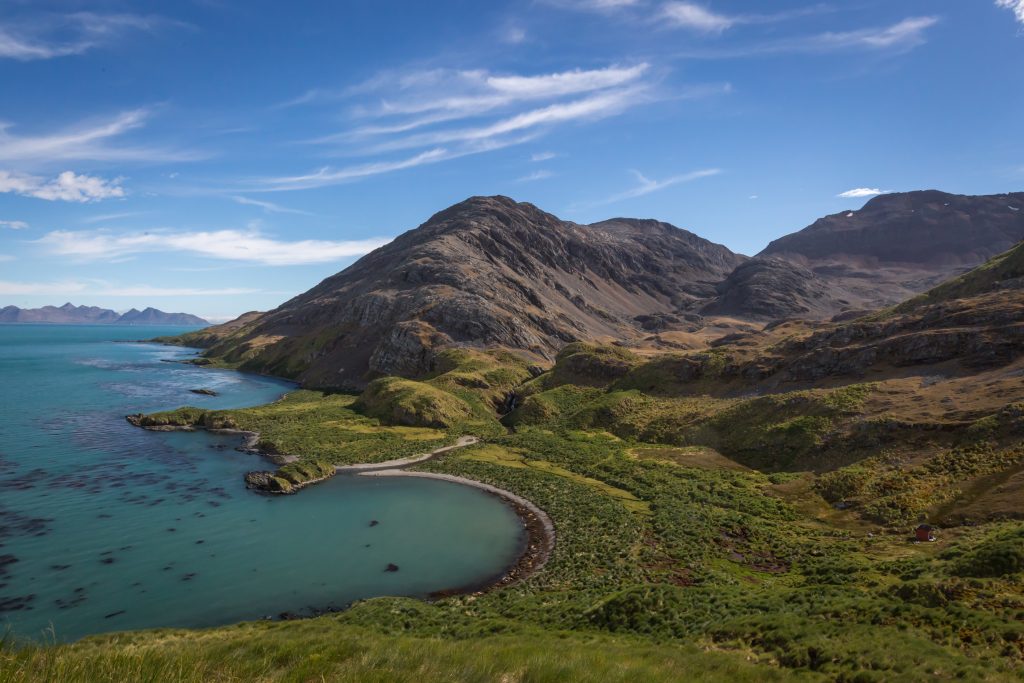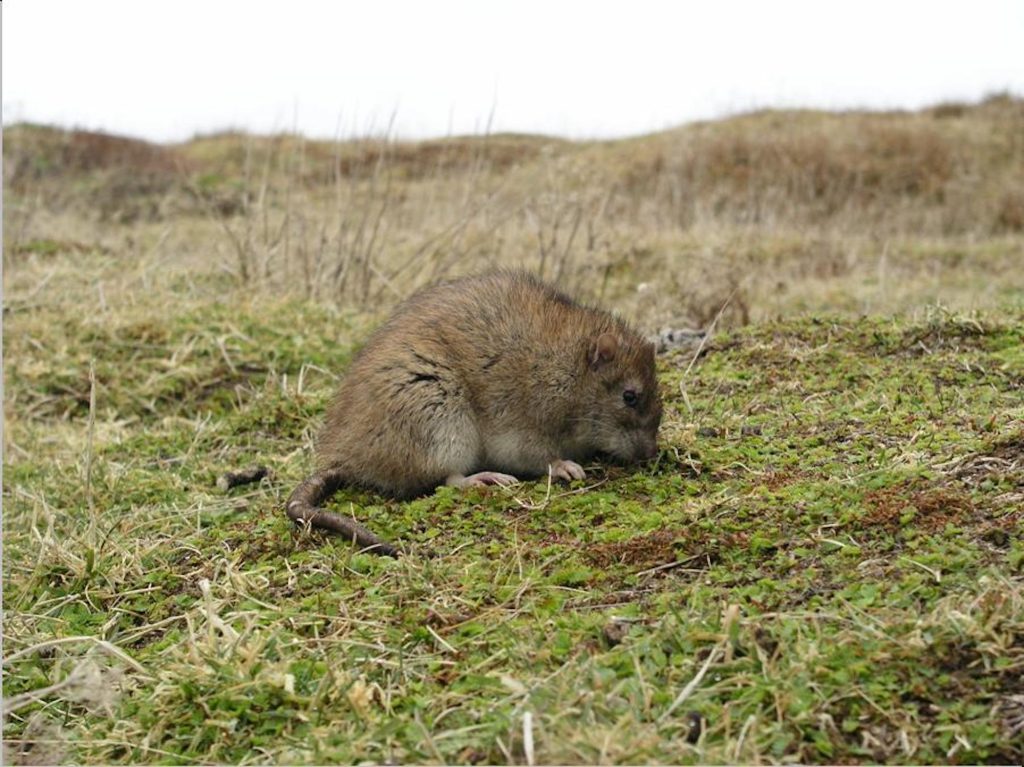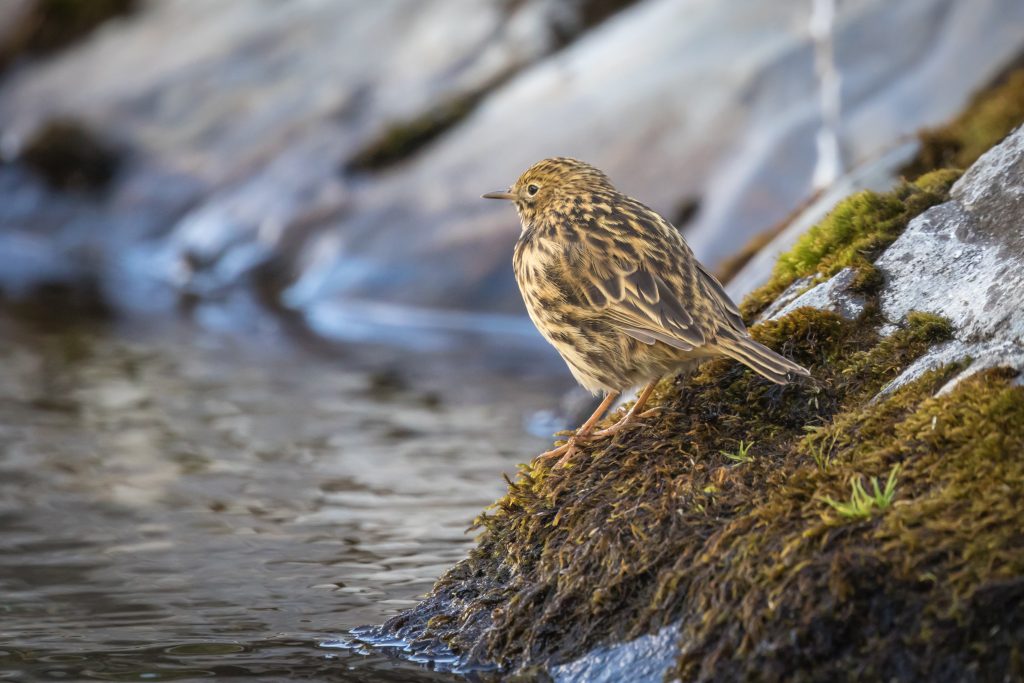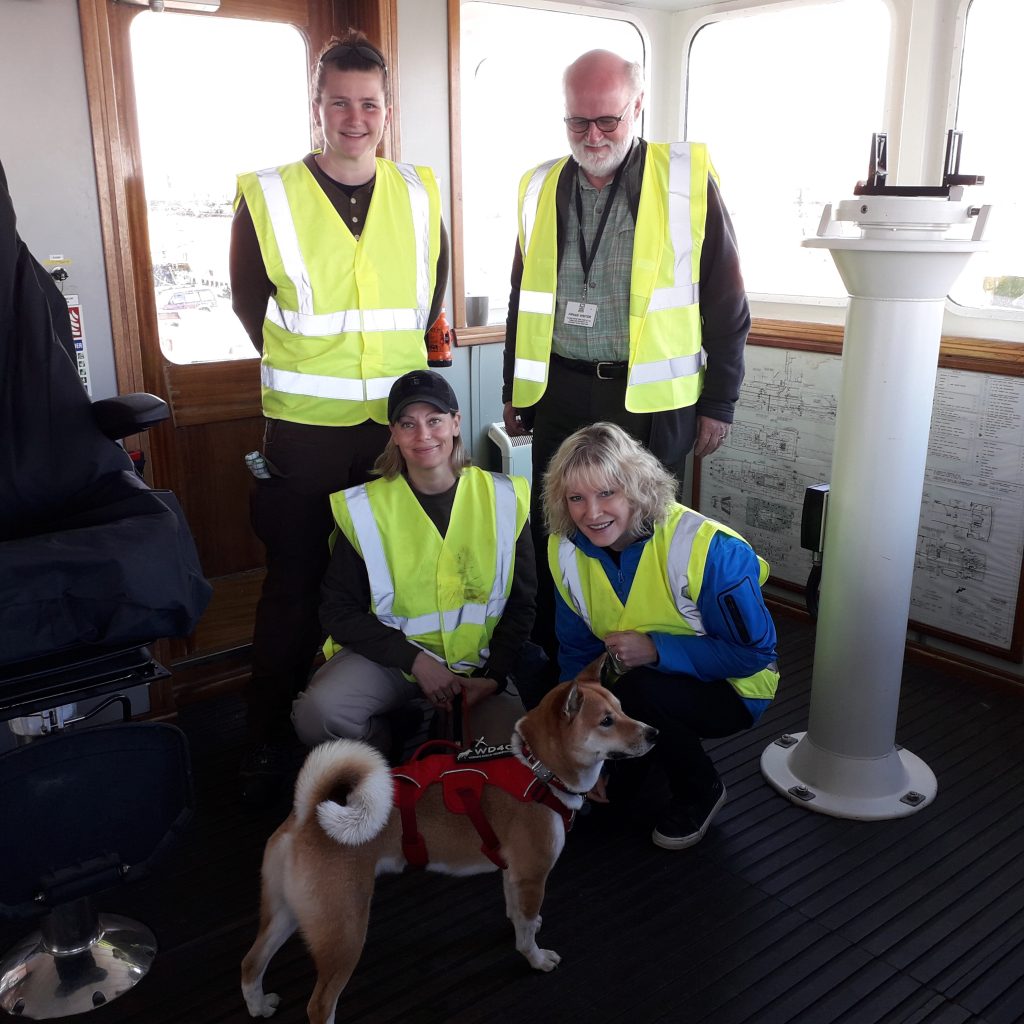Six years after the South Georgia Heritage Trust’s ambitious rodent eradication scheme was hailed a success, CEO Alison Neil reflects on the world’s biggest project to remove invasive species to protect native wildlife – and how sub-Antarctic visitors played their part.
When I first joined the South Georgia Heritage Trust in June 2006, the charity was less than a year old, with a handful of supporters. Just over three weeks later, the founder and chairman, the late Brigadier David Nicholls RM, passed away from a heart condition that no-one knew he had.
Amidst our grief and shock, we assessed whether it was possible for the charity to continue. We were fortunate that David had the foresight to bring together an incredible board of trustees, establish a strong connection with the Government of South Georgia and the South Sandwich Islands (GSGSSI), and agree that the South Georgia Heritage Trust (SGHT) would run the South Georgia Museum. David also made the Trust a member of IAATO.

David and I had spoken about the ambition to eradicate rats and mice from South Georgia as the single biggest conservation issue facing the island, but it was very much a pipe dream, until in 2007 the Island Foundation decided to donate $750K USD to the Trust, to encourage an attempt at a trial phase. Founding SGHT Trustee Frederik Paulsen, gave a gift that allowed two helicopters to be purchased (buying was cheaper than leasing!) and suddenly the impossible became…well…improbable. Could this tiny charity alone really tackle the removal of millions of rats and mice?
The answer was no – we couldn’t do it by ourselves. We had no expertise, little money and three staff members. The story of the success of the South Georgia rodent eradication, the biggest ever undertaken in the world, is a story of how amazing things can happen when people and organisations with the same aim work together. IAATO, its members and the guests they brought to South Georgia, played a critical role in that collaboration.

The first step towards success was the appointment of Tony Martin as Project Director in 2009, supported by a steering group chaired by Trustee Mike Richardson, which included representatives from British Antarctic Survey and GSGSSI. Tony brought together an international team of eradication experts by openly admitting that he (and SGHT) knew nothing about removing alien invasive species, and seeking help and advice wherever he could. The crack team of conservationists who offered their services was nicknamed ‘Team Rat’. They, plus two Bolkow helicopters hitched a lift to South Georgia from a friendly IAATO member operator in 2010-11. Cheered on by the passengers, the helicopters took off from the ship’s helipad and the trial baiting at Cumberland Bay had begun.
In that same Antarctic season SGHT Trustee Denise Landau established the Friends of South Georgia Island organisation, a Colorado not-for-profit that allowed US citizens to make a tax-deductible donation for South Georgia, and which had on its Board of Directors seabird expert and author Peter Harrison and IAATO’s Lisa Kelley, working for an IAATO-member Operator at the time, as well as Michael Moore. Being able to plug into the generosity of US visitors was a real turning point for the fundraising fortunes of the project.

I remember sitting in the office around that time, trying to figure out how on earth we were going to raise the money to cover the huge but ‘unsexy’ costs of removing rats and mice – the bait, the transportation, the fuel, in a way that would give supporters a feeling of ownership. By adding up the project costs and dividing the total by the number of hectares on South Georgia, I arrived at a figure of £90, which became the cost of ‘Sponsoring a Hectare’; a fundraising scheme which IAATO members and their guests embraced, raising many thousands towards the cost of freeing South Georgia’s native birds from their predators.
What we hadn’t realised was the reach and influence of the guests that IAATO brought to the island, and the ripple effect when they returned home as ambassadors, telling their family foundations and associated charities about what was happening on the island. Suddenly the generous gifts began to arrive and two years after the baiting of Cumberland Bay we were able to take on the second and largest phase of the project, covering all of South Georgia’s north-west coastline, followed in 2015 by the final baiting phase in the south-east.

The entire project had cost approximately £10 million. We had not only successfully funded and carried out the world’s largest island eradication, saving countless native birds and preventing the extinction of entire species, we had shown the world what was possible when non-profits, government and the tourism industry worked together.
Since 2018 when Team Rat confirmed that South Georgia was indeed rat and mouse free, GSGSSI has implemented some important biosecurity measures, including its own permanent dog and handler team. These highly trained border terriers, Sammy, King and Hunter, and their expert handlers check vessels bound for South Georgia for any signs of unwelcome rodent visitors.

IAATO members have, individually and collectively, embraced and supported these measures. Through their continued generosity and with their enthusiastic guests acting as our eyes and ears, they continue to play a vital role in preserving South Georgia’s wildlife.

Alison Neil has been Chief Executive of the South Georgia Heritage Trust (SGHT) since 2006, when its founder, the late Brigadier David Nicholls RM, recruited her as the only member of staff. Prior to working for SGHT, Alison managed a team of software developers at NCR, an ATM manufacturer and it was a friend and former colleague, Paul Shafi, who was (and still is) working on the Government of South Georgia and South Sandwich Islands (GSGSSI) website who introduced her to the Trust. For the last six years Alison has been a Trustee of Dundee Heritage Trust and she chairs its fundraising sub-committee. In 2019 Alison was awarded an MBE for services to the environment due to the achievements of the South Georgia Habitat Restoration Project.




